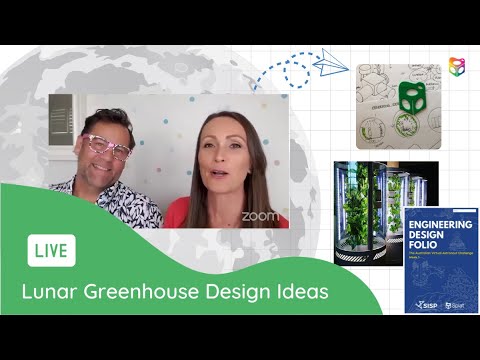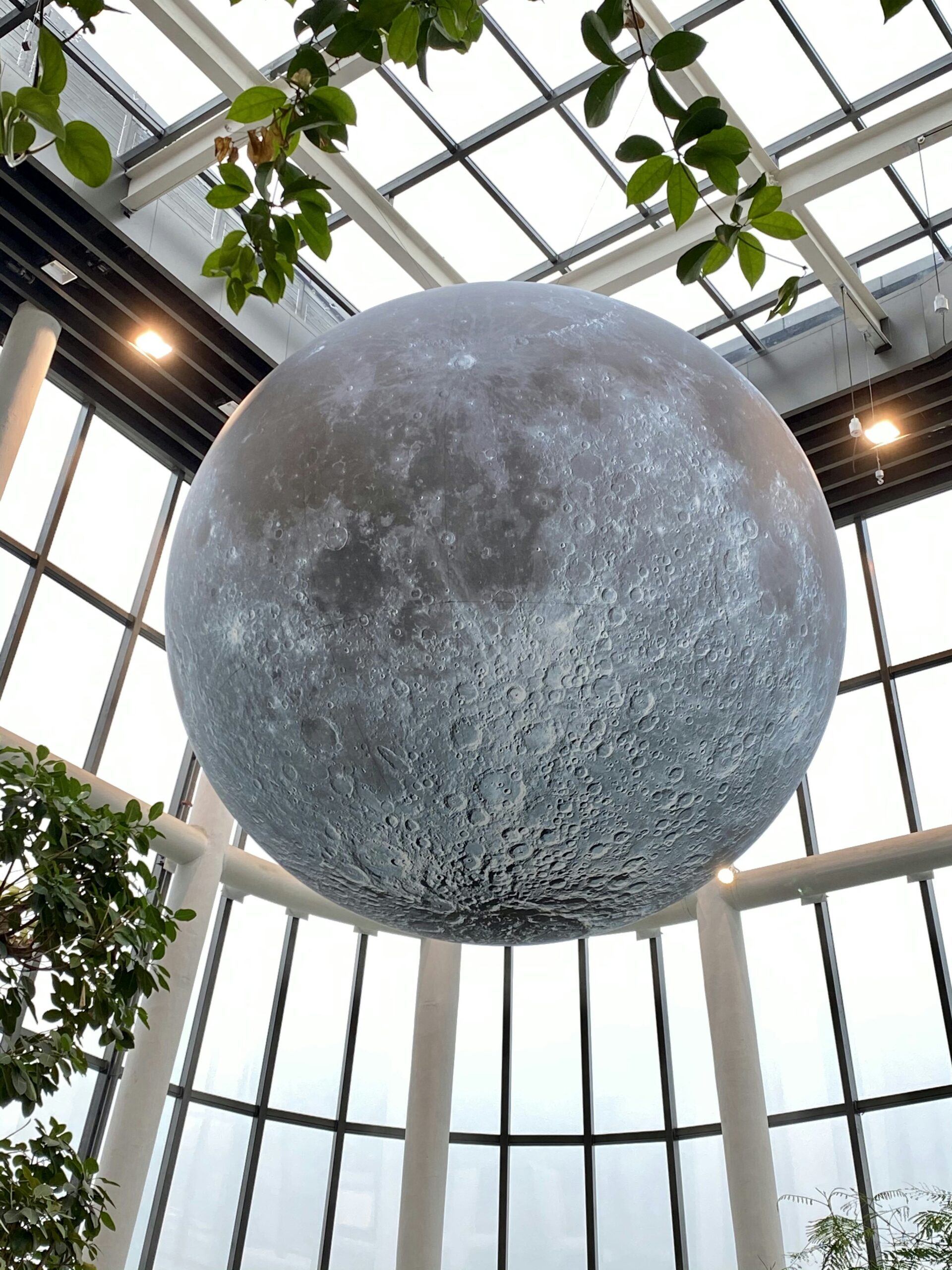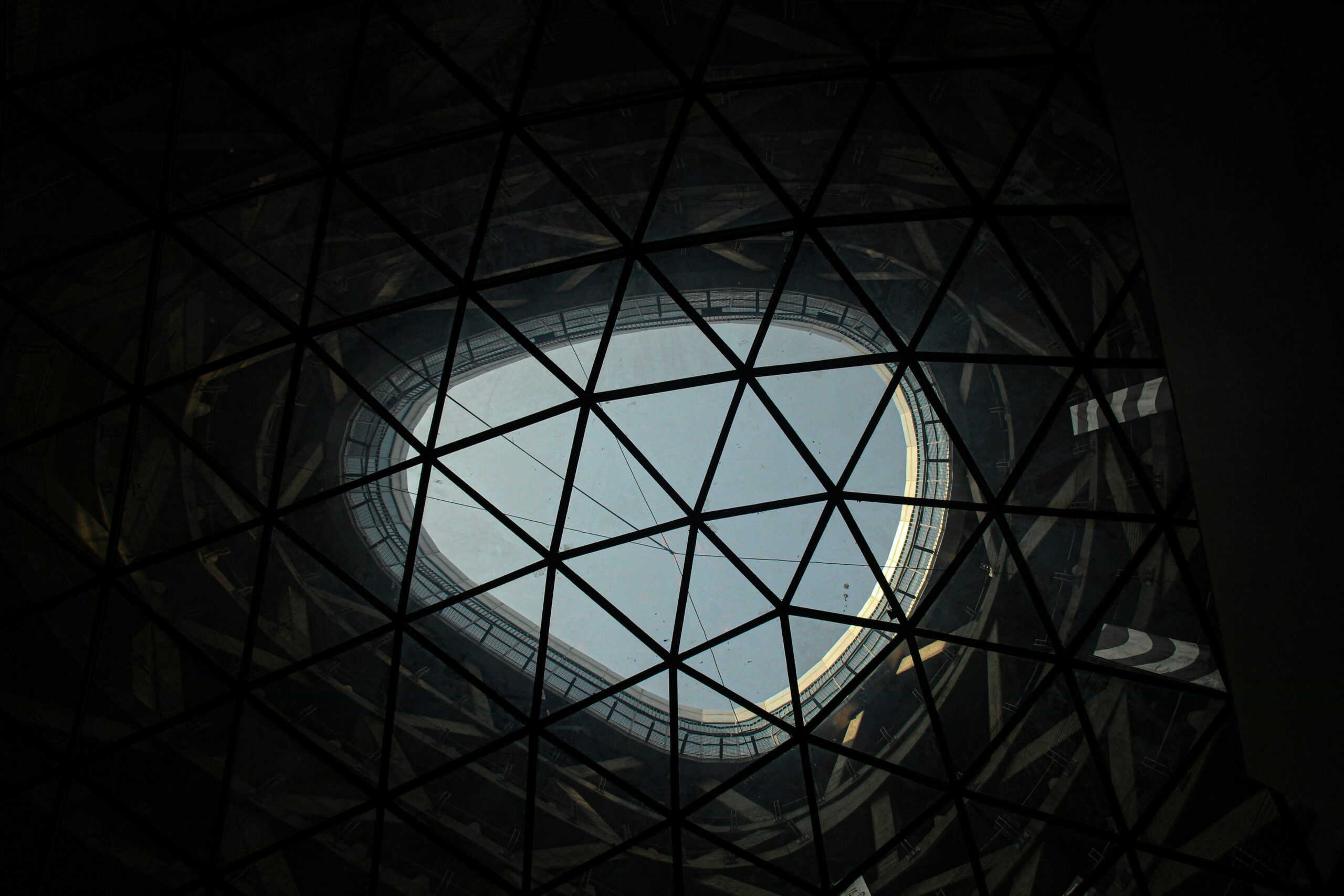You are invited to explore the world of STEM Challenges with a focus on Lunar Greenhouse Design Ideas. In this exciting video by Splat3D Design Skills for STEAM, you will learn about the engineering design process and the importance of generating design ideas. From problem-solving to communication, each step plays a crucial role in bringing ideas to life. By unlocking a child’s imagination and fostering their creativity, we are on a mission to enhance students’ understanding of engineering and industrial design. Join us on social media to follow our journey and help share our message with others.
As you dive into the world of STEM Challenges, remember that engineering drawing is not just about creating pretty pictures. It’s about telling the story of a design through quick sketching, illustrating how the shape and texture of an object relate to its function. By focusing on these key elements, students can learn to communicate their ideas effectively and develop their problem-solving skills. Help us spread the word by liking, sharing, and subscribing to our content. Together, we can inspire the next generation of innovators and designers.

Overview of STEM Challenges
STEM (Science, Technology, Engineering, and Mathematics) challenges play a crucial role in developing essential skills in individuals, especially students. These challenges help in fostering creativity, critical thinking, problem-solving, and innovation. By engaging in STEM challenges, individuals gain valuable experience in tackling real-world problems through a systematic approach.
Importance of STEM Challenges
STEM challenges are significant as they provide a hands-on learning experience that integrates various disciplines. Participants in STEM challenges learn to apply scientific concepts to practical situations, develop engineering solutions, and utilize mathematical principles to analyze data. These challenges also help individuals in improving their communication and teamwork skills, which are essential in today’s collaborative work environment.
Engineering Design Process
The Engineering Design Process is a systematic method used by engineers to create innovative solutions to problems. It involves defining a problem, researching, generating ideas, developing a prototype, testing, and then refining the final product. Through STEM challenges, individuals get to experience this process firsthand, allowing them to understand the iterative nature of design and the importance of continuous improvement.
Problem-solving Skills
STEM challenges are an excellent platform for individuals to enhance their problem-solving skills. By working on complex challenges, participants learn how to break down problems into smaller, more manageable parts, identify the root causes, and develop creative solutions. These challenges also help in fostering resilience and perseverance in individuals when faced with obstacles or setbacks.
Introduction to Lunar Greenhouse Design
Designing a greenhouse for lunar environments presents a unique set of challenges and opportunities. Understanding the conditions on the moon and the importance of sustainable food production are crucial aspects of lunar greenhouse design.
Understanding Lunar Environments
The moon’s environment is drastically different from Earth, with extreme temperatures, radiation exposure, and a lack of atmosphere. Designing a greenhouse that can withstand these conditions while providing a suitable environment for plant growth is essential for long-term space exploration missions.
Importance of Greenhouses on the Moon
Greenhouses play a vital role in sustainable food production on the moon. By creating a controlled environment for plant growth, astronauts can have a fresh and reliable food source during extended missions. Greenhouses also contribute to oxygen generation and carbon dioxide recycling, essential for maintaining life support systems in space habitats.
Key Considerations for Lunar Greenhouse Design
When designing a greenhouse for lunar environments, several key considerations must be taken into account to ensure its functionality and sustainability.
Resource Limitations
Resources on the moon are scarce, requiring efficient use of materials and energy in greenhouse design. Utilizing local resources and recycling waste materials are essential aspects of sustainable lunar greenhouse design.
Temperature Regulation
Extreme temperature variations on the moon necessitate effective temperature regulation systems in greenhouses. Insulation, heating, and cooling methods are critical to maintaining a stable environment for plant growth.
Lighting Requirements
Due to the lack of natural sunlight on the moon, providing adequate artificial lighting for plants is essential. LED lighting systems with specific light spectra are often used to promote plant growth in lunar greenhouses.
Water Recycling Systems
Water is a precious resource in space environments, and efficient water recycling systems are crucial for sustainable food production. Closed-loop systems that capture and reuse water from plant transpiration and waste materials help in conserving water resources.
Innovative Design Ideas for Lunar Greenhouses
To address the challenges of designing greenhouses for lunar environments, innovative design concepts and technologies can be implemented for efficient and sustainable solutions.
Modular Design Concepts
Modular greenhouse designs allow for flexibility and scalability in lunar habitats. By constructing modular components that can be assembled and disassembled easily, astronauts can adapt the greenhouse layout to changing needs and environments.
Adaptable Structures
Designing greenhouses with adaptable structures that can withstand lunar conditions and be reconfigured for different purposes is essential. Deployable and expandable structures allow for efficient use of space and resources in space habitats.
Air Filtration Systems
Maintaining air quality within a greenhouse is crucial for plant health and astronaut well-being. Advanced air filtration systems that remove contaminants and optimize oxygen levels contribute to a healthy and sustainable environment in lunar greenhouses.
Automated Plant Care Systems
Automation technologies can enhance plant care and monitoring in lunar greenhouses. Automated systems for watering, nutrient delivery, and pest control help in optimizing plant growth and reducing the workload on astronauts.

Role of Engineering Graphics in Design
Engineering graphics play a vital role in the design and communication of ideas in engineering and industrial design. Through sketching and illustrating, engineers can visualize concepts, communicate effectively, and enhance creativity in the design process.
Importance of Communication in Design
Clear and concise communication is essential in engineering design to convey ideas effectively to stakeholders. Engineering graphics help in visualizing concepts, highlighting key features, and facilitating discussions among team members.
Quick Sketching Techniques
Quick sketching techniques enable engineers to rapidly capture ideas and concepts on paper. By mastering basic sketching skills, individuals can explore different design options, iterate on solutions, and refine their designs efficiently.
Illustrating Form and Function
Engineering graphics focus on illustrating both the form and function of a design. Detailed drawings and diagrams help in understanding how a product or system works, highlighting critical components, and ensuring the design meets its intended purpose.
Enhancing Creativity in Design
Engineering graphics inspire creativity by allowing engineers to visualize and experiment with ideas in a tangible format. By translating concepts into sketches and illustrations, individuals can explore innovative solutions, think critically, and generate new design concepts.
Benefits of Teaching STEM Through Greenhouse Design
Integrating greenhouse design challenges into STEM education offers numerous benefits for students, educators, and the future of STEM learning.
Hands-on Learning Opportunities
Greenhouse design challenges provide hands-on learning experiences that engage students in practical applications of STEM concepts. By working on real-world problems, students develop technical skills, critical thinking, and teamwork abilities.
Integration of Science and Engineering Principles
Designing greenhouses involves the integration of scientific principles, such as plant biology and environmental science, with engineering concepts like structural design and system integration. By combining these disciplines, students gain a holistic understanding of STEM topics.
Encouraging Critical Thinking and Innovation
Greenhouse design challenges encourage students to think critically, analyze complex problems, and develop innovative solutions. By exploring different design ideas, students learn to adapt, iterate, and optimize their designs based on feedback and evaluation.

Educational Impact of Lunar Greenhouse Design Challenges
Engaging students in lunar greenhouse design challenges has a profound impact on their educational and personal development. These challenges inspire passion for engineering, environmental awareness, and sustainable solutions.
Inspiring Future Engineers and Innovators
By exploring the complexities of lunar greenhouse design, students are inspired to pursue careers in engineering and space exploration. These challenges spark curiosity, creativity, and a passion for innovation in future engineers and innovators.
Fostering Environmental Awareness
Lunar greenhouse design challenges raise awareness about the importance of sustainability and environmental conservation. Students learn the significance of resource management, waste reduction, and ecosystem preservation in space habitats.
Promoting Sustainable Solutions
Designing greenhouses for lunar environments encourages students to think about sustainable solutions for long-term space exploration. By incorporating renewable energy sources, closed-loop systems, and efficient resource utilization, students develop a deeper understanding of environmental stewardship.
Future Prospects of Lunar Greenhouse Technology
Advancements in lunar greenhouse technology hold immense potential for revolutionizing space agriculture, enabling long-term space exploration missions, and fostering collaborative research initiatives.
Advancements in Space Agriculture
Innovations in lunar greenhouse technology have the potential to revolutionize space agriculture by providing a sustainable food source for astronauts on extended missions. By optimizing plant growth conditions, increasing crop yield, and diversifying food options, lunar greenhouses contribute to the self-sufficiency of space habitats.
Potential for Long-Term Space Exploration
Lunar greenhouse technology plays a critical role in supporting long-term space exploration missions, such as crewed missions to Mars and beyond. By establishing sustainable food production systems on the moon, astronauts can reduce dependency on Earth for essential resources and enhance their resilience in space environments.
Collaborative Research Initiatives
Lunar greenhouse design challenges facilitate collaborative research initiatives among scientists, engineers, and educators worldwide. By sharing knowledge, resources, and expertise, international partnerships in space agriculture foster innovation, knowledge exchange, and collective efforts towards sustainable space exploration.

Conclusion
In conclusion, STEM challenges, particularly focusing on lunar greenhouse design, offer a unique and engaging platform for students to develop essential skills, foster innovation, and explore the possibilities of space exploration. By integrating science, technology, engineering, and mathematics principles into greenhouse design challenges, educators empower the next generation of design thinkers and problem solvers. As we look towards the future of space exploration and sustainable living beyond Earth, the role of STEM challenges in inspiring, educating, and empowering individuals cannot be understated. Through collaborative efforts and continued support for STEM education, we can shape a brighter future for generations to come.